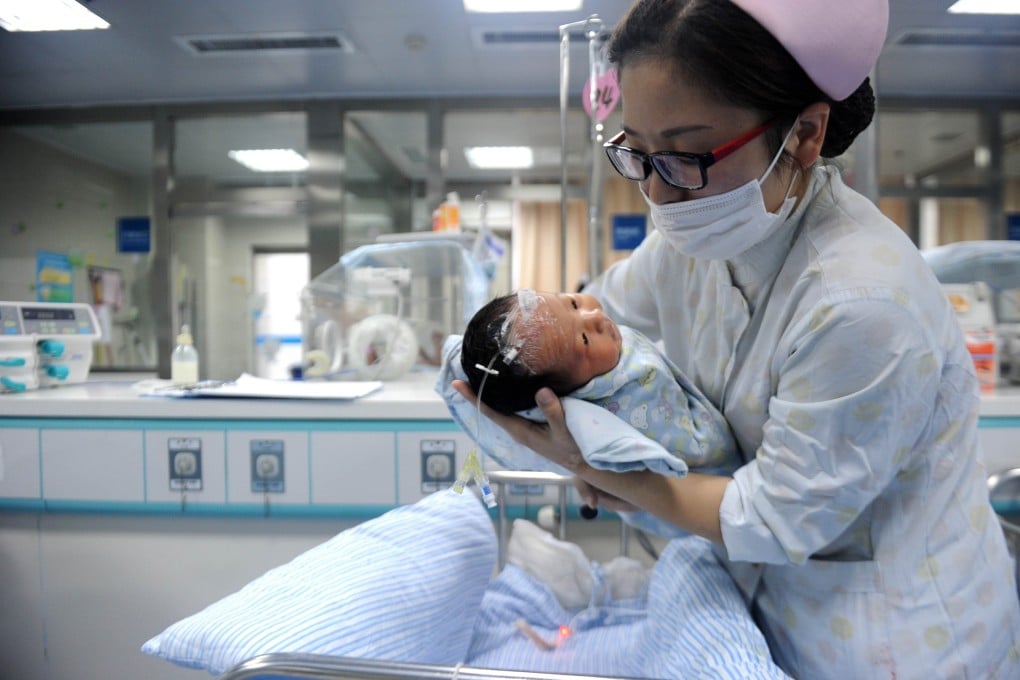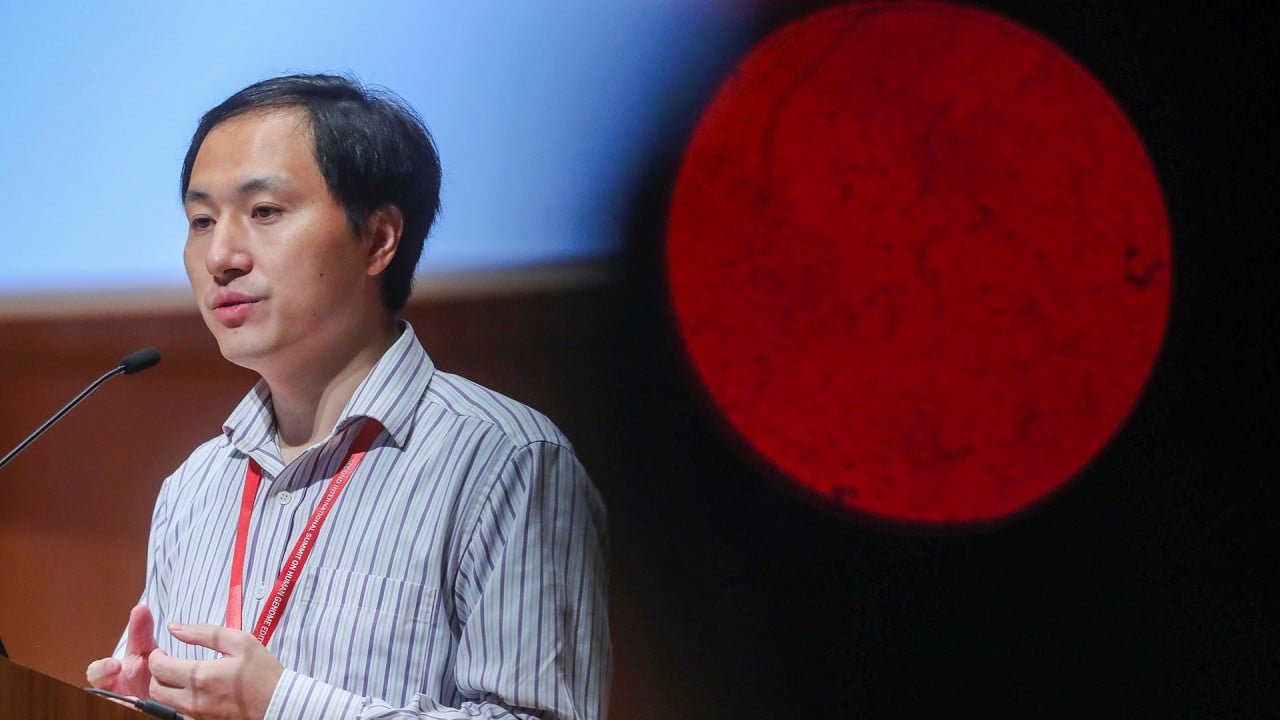4 genes that shape a Han Chinese face are identified in Shanghai study
- Scientists ‘fill a knowledge gap’ about Han faces by finding the genes responsible for their features in a sample group in eastern China
- Advances in this area could have applications in forensic science, archaeology and medicine

“We intend to fill a knowledge gap” concerning Chinese ethnicity on how genes help shape human faces, Professor Stefan Gruenewald, a lead author of the study with the Shanghai Institute of Nutrition and Health, said on Tuesday. “I will be upset if the knowledge is used for some wrong purposes,” he added.
A peer-reviewed paper about the discovery was published in the Journal of Genetics and Genomics on Monday.
Because the face is highly heritable, the legitimacy of a newborn is often, and sometimes wrongly, judged by resemblance to its parents. But it was not until 2012 that scientists established a definite link between face and genes.

00:57
Chinese scientist He Jiankui involved in gene-edited babies jailed for three years
With potential applications in various sectors – such as generating a sketch of a criminal suspect from a drop of blood – a number of studies have been carried out on European, Latino, African and some Asian populations, but the facial genes for ethnic Han, who make up most of the population in China, had previously remained unknown.
The Shanghai team recruited more than 2,000 volunteers and took three-dimensional images of their faces. Each image was split into more than 32,000 segments, and blood samples were collected from the volunteers for genome sequencing. Researchers analysed the data to find genetic variants associated with tiny changes in facial features.